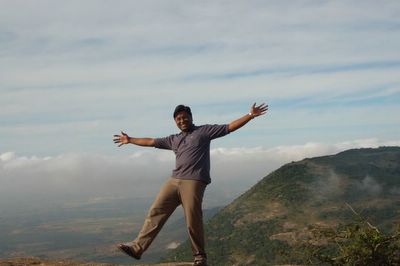Child Portraits
Clicking portraits is my favorite, among other kinds of Photography. It gives such an immense satisfaction. Clicking portraits of an Adult is still fine as there's a good way of communicating with the model. The Photographer can communicate in the plain language, with the model, as to for a particular pose/expression.
The challenge in portraits, is when the subject is a Child. Child portrait involves a lot of involvement. It's not just a portrait, it's a Child's Portrait, so, it should have the charm and innocence, that the child-model carries, Well for most photographers, communicating with the Child is the biggest challenge, Children are prone to distractions. If the surrounding is distractive, the child will hardly be prepared for the photograph. May be that's y most Good Child portraits are clicked indoor (may be in a Studio).
Don't worry, good portraits outdoor could also be done easily, with certain things in mind. Whatever I have learned/experienced, I put forth here. If you think, there could be better solutions to this, please pour in your thoughts.
1. Keep the Surrounding Free from Distractions:
- Like other Children of the same age group,
- Avoid noisy places (like a busy street, Shopping mall), Children are uncomfortable!
- Away from the TV, most Children stare at the screen like there's a ghost!
2. Focus at their Eyes:
Children's best feature is their soft and clear eyes. Focus at the eyes, and your portrait is going to be very catchy.
As in the picture below, the Child's pose, isn't that great, but, it's a bit different, as the eyes are kept in focus.

3. Find out their Best Expressions:
Well if it's your child, then no problem, you know what expression is the best your child would give, but, for those like me (bachelor, heee heeee), ask the Child's parent/guardian for the same, and let the child be in that expression when you click.
4. Use Action in your Shots:
While clicking, try to keep your Shutter speed above 1/250 sec, and let the child move and be playful, the best expressions are guaranteed. sufficient for now, try them on and see the difference.
Well for those, who already knew these things, please don't blame me, as I am just a learner too here. LOL.
Keep Clicking :)














